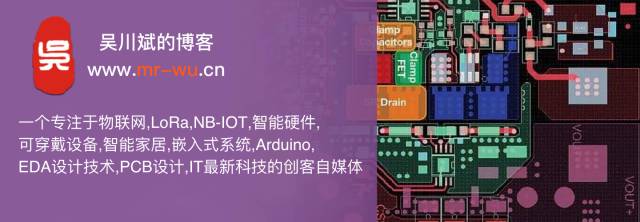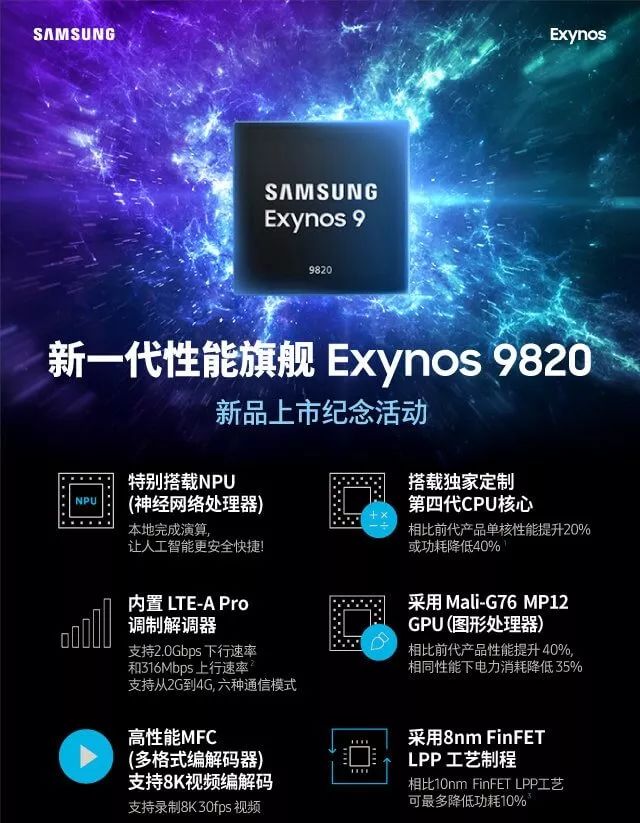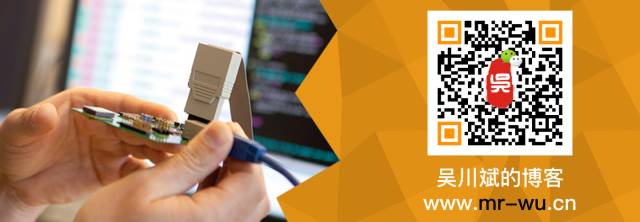
Today, I received a Weibo push notification that I found quite interesting. It was about the release of the Exynos 9820 mobile processor from Samsung. Originally, this processor was released on November 14, 2018, which is old news, but a blogger I follow reposted it, and Weibo pushed it to me again. The blog mentioned comparisons to Apple’s A12, kicking Qualcomm’s Snapdragon 8150, and punching Huawei’s Kirin 980, etc. I had no interest at all; I wasn’t considering buying a Samsung phone and had even forgotten to follow Samsung’s mobile processors. Recently, I only paid attention to Samsung’s S5P6818 main control chip, which I had looked into when selecting a core board for a project.

I was initially ready to skim through it, but a detail in one of the images caught my eye: “The CPU has a single-core performance improvement of 20% or a power consumption reduction of 40% compared to the previous generation, and the GPU has a performance improvement of 40% with a power consumption reduction of 35% at the same performance level.”
This is a very interesting statement 😂. Since I started dealing with computers, I have heard manufacturers of CPUs say every year that their new generation of CPUs uses more advanced process technology (The more advanced the process technology, the lower the power consumption of the processor, the lower the temperature, and the higher the frequency that can be achieved.) and that power consumption is reduced by a certain percentage compared to the previous generation.
From the original Pentium’s 0.35 microns to today’s 7 nanometers, the process technology has advanced through many generations. Even if each generation only reduces power consumption by 10%, CPUs should not consume electricity anymore 😂. However, thinking about it, something seems off; why does it feel like the power supply for PCs is getting larger? Initially, it seemed like we used 200W power supplies, but now the power supplies for hosts basically start at 400-500 watts. The same goes for mobile processors; I remember when I used Nokia, I charged it every two or three days, but now the battery capacity of smartphones is increasing, and I end up charging twice a day.
Improving process technology can certainly reduce IC power consumption, but in pursuit of higher performance, more transistors must be packed in, which in turn increases power consumption.
Thus, in IC design, a balance must often be sought between power consumption, speed, and area.
-
Power consumption: The energy consumed by the circuit during operation; lower power consumption means the chip is more energy-efficient, generates less heat, and is more environmentally friendly.
-
Speed: The clock frequency at which the circuit can operate in MHz; generally, the faster the speed, the more data can be processed, and the better the performance.
-
Area: The physical space required for the circuit on the silicon wafer; the smaller the area occupied, the lower the cost.
Power consumption, speed, and area are interrelated. Under the same manufacturing process conditions, generally:
-
The faster the speed, the larger the transistor size, which increases the area and power consumption.
-
To reduce power consumption, the operating speed of the chip can be lowered, which slows down the clock frequency.
-
To reduce costs and chip area, smaller transistors (with smaller W) can be used. Since current is proportional to W, reducing area leads to slower speeds. (To reduce area while improving speed, L must be reduced, which means improving the process from 65nm to 45nm, 45nm to 28nm, etc.)
-
To increase speed, we need to increase the charging current, which inevitably leads to increased power consumption. (To improve speed without increasing current, capacitance must be reduced or charging voltage lowered. These two actions also rely on improvements in process technology, such as transitioning from 45nm to 28nm technology.)
Regarding the interrelation of power consumption, speed, and area in IC design, I remembered that the great Jan Rabaey wrote “Low Power Design Essentials”, published in 2009, which is now ten years old, but classics are classics.
There is also an excellent discussion on Zhihu about how much power consumption limits processors, which I recommend to everyone: https://zhuanlan.zhihu.com/p/20808891
How to download the high-definition PDF of “Low Power Design Essentials”


Follow Wu Chuanbin’s blog public account

Send a message to Lao Wu in the public account:
Download | Low Power Design Essentials
It is recommended to copy and paste to avoid typos, O(∩_∩)O~
Lao Wu will send you the Low Power Design Essentials PDF download link, O(∩_∩)O~
